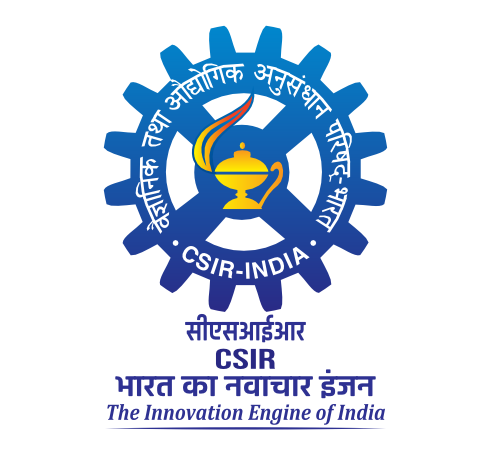Processing of silkworm (Bombyx mori) pupae waste and mealworm (Tenebrio molitor) larvae: Chemical characterization of extracts rich in anti‑oxidant, anti‑diabetic, and anti‑obesity activity
Siddaraju, Anusha and Pradeep Singh, Negi (2025) Processing of silkworm (Bombyx mori) pupae waste and mealworm (Tenebrio molitor) larvae: Chemical characterization of extracts rich in anti‑oxidant, anti‑diabetic, and anti‑obesity activity. Journal of Biomass Conversion and Biorefinery. pp. 1-16.
|
PDF
s13399-025-06630-5.pdf - Published Version Restricted to Registered users only Download (2MB) | Request a copy |
Abstract
Edible insects have gained recognition as sustainable protein sources with promising health benefits. The current study was aimed to quantify the major bio-active compounds present in aqueous extracts of spent silkworm (Bombyx mori) pupae and mealworm (Tenebrio molitor) larvae, and evaluate their bio-active potential. The total polyphenol content in extracts ranged from 150 to 330.26 mg GAE/100 g, while the flavonoid content varied from 2.19 to 37.6 mg QE/100 g. The presence of polyphenols in the extracts was confirmed through OH stretching observed in the FTIR spectra. LC–MS/MS analysis identified vanillic acid, gallic acid, caffeic acid, and syringic acid as major polyphenols. These extracts exhibited significant anti-oxidant activities, with mealworm cold extract showing the highest ABTS (3.28 mM TE/100 g) and FRAP (10.4 mM FE/100 g), whereas silkworm cold extract showed the highest DPPH radicle scavenging activity (1.85 mg BHA eq/100 g). Mealworm hot extracts demonstrated superior α-amylase inhibition ( IC50 0.41 mg/mL) and α-glucosidase inhibition (IC50 7.4 mg/mL), while the mealworm cold extracts exhibited more effective lipase inhibition (IC50 0.43 mg/mL). Correlation studies revealed that cold extracts positively correlated with anti-oxidant activity, with flavonoids playing a significant role in the extracts’ anti-diabetic and anti-obesity potential. Density functional theory correlation studies suggested that the preferred anti-oxidant mechanism of insect extracts was sequential proton loss electron transfer. These findings emphasize edible insects’ potential as rich sources of diverse bio-active elements with therapeutic effects, encouraging their application in food and pharmaceuticals.
| Item Type: | Article |
|---|---|
| Uncontrolled Keywords: | Entomotherapy · Phytochemicals · Polyphenols · Anti-oxidant · Anti-diabetic · Flavonoids |
| Subjects: | 600 Technology > 08 Food technology > 32 Antioxidants |
| Divisions: | Fruit and Vegetable Technology |
| Depositing User: | Somashekar K S |
| Date Deposited: | 25 Jun 2025 06:39 |
| Last Modified: | 25 Jun 2025 06:39 |
| URI: | http://ir.cftri.res.in/id/eprint/19618 |
Actions (login required)
 |
View Item |

